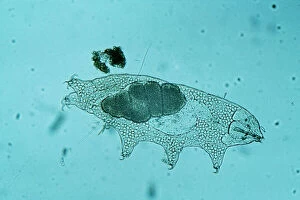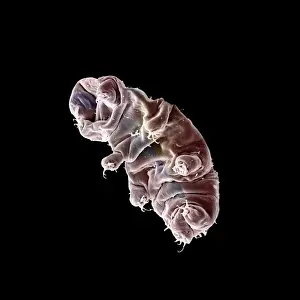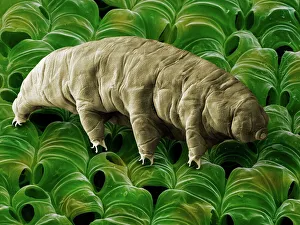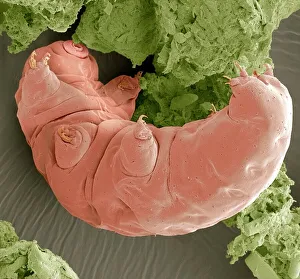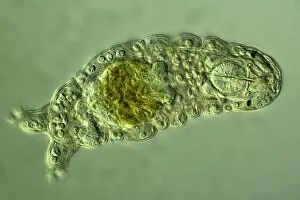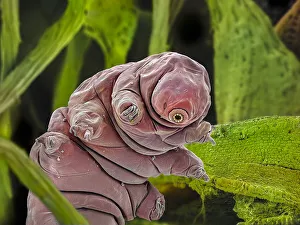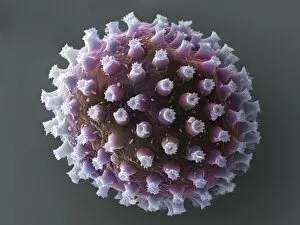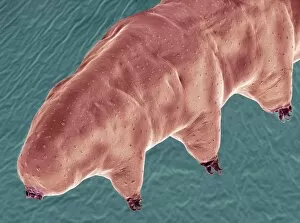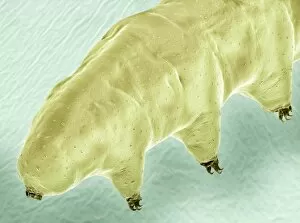Tardigrade Collection
The tardigrade, also known as the water bear, is a microscopic creature that has captured the fascination of scientists and nature enthusiasts alike
All Professionally Made to Order for Quick Shipping
The tardigrade, also known as the water bear, is a microscopic creature that has captured the fascination of scientists and nature enthusiasts alike. This incredible organism can be found in various environments around the world, from mossy forests to the depths of oceans. In Picture No. 10851646, we get a glimpse into the intricate details of a tardigrade through a Scanning Electron Micrograph (SEM). Magnified at x1250, this A4-sized image showcases the unique features of this resilient creature. Its segmented body and claw-like appendages are clearly visible, highlighting its ability to adapt and survive in extreme conditions. Another SEM image (Water bear, SEM C016 / 9084) reveals an egg belonging to these fascinating creatures. The intricacy of its structure hints at the complexity involved in their reproductive process. But what makes tardigrades truly remarkable is their ability to withstand harsh environments that would be fatal for most other organisms and can survive extreme temperatures ranging from freezing cold to scorching heat. In fact, they have even been exposed to outer space conditions without any ill effects. A false-colored SEM image captures a tardigrade amidst moss in Peak District National Park in Derbyshire, UK. Measuring only about 0. 1 millimeters long, it exemplifies how such tiny creatures can thrive within our natural surroundings. Not limited to scientific exploration alone, tardigrades have made appearances beyond laboratories too. The cover of journal De Stijl published in The Hague showcases their intriguing form as an artistic representation. An illustration presents us with a medium group of water bears (tardigrades), emphasizing their social behavior and community dynamics within their minuscule world. Lastly, we encounter a model of a side view depicting the distinct shape and characteristics that define these captivating microorganisms. Whether viewed through powerful microscopes or depicted artistically on journal covers or models - each portrayal offers us a glimpse into the extraordinary world of tardigrades.

